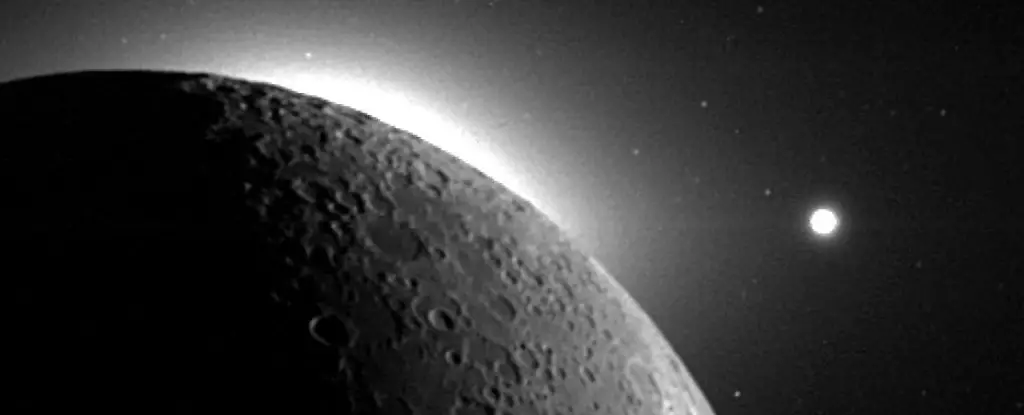The Earth-Moon system stands as a fascinating enigma within our Solar System. Unlike other planetary bodies that exhibit various configurations of moons—ranging from desolate planets with no natural satellites to gas giants that boast countless moons—the Earth and its singular Moon present a unique case. The exploration of how this distinct relationship came to be offers significant insights into planetary formation and evolution within our cosmic neighborhood.
The most widely accepted explanation for the Moon’s origin has long been the Giant Impact Hypothesis. According to this theory, a massive body, approximately the size of Mars, collided with the early Earth, resulting in debris that eventually coalesced to form the Moon. This hypothesis is compelling because it also accounts for the remarkably similar mineral compositions found on both Earth and its Moon. Yet, as scientific understanding evolves, new questions and theories continue to emerge that challenge this established narrative and broaden our perspective on celestial formation.
Recent research introduced by astronomers Darren Williams and Michael Zugger from Pennsylvania State University posits that the Moon may not be a direct offspring of Earth, but rather a celestial body that was captured by Earth’s gravitational influence. This hypothesis invites a deeper investigation into various moon acquisition mechanisms that have evolved over millions of years.
One of the primary considerations in the gravitational capture theory is whether it is feasible for a celestial body the size of the Moon to have been ensnared by Earth. Williams and Zugger conducted extensive mathematical modeling to assess this possibility. Their calculations revealed that Earth could theoretically capture even larger objects, such as those the size of Mercury or Mars, although stable long-term orbits for these bodies would be less likely.
In contrast, a body comparable to the size of the Moon could have entered an elliptical orbit, which could subsequently transition to a more stable circular path over time. Such dynamics would align with the current rate of the Moon’s recession from Earth—approximately 3.8 centimeters annually. The existence of numerous binary and even trinary systems throughout the Solar System indicates that such gravitational interactions are plausible.
Despite the mathematical scenarios supporting the capture theory, some unexplored variables make it difficult to fully embrace this idea over the traditional model. Notably, the isotopic and mineral similarities between Earth and the Moon provide strong evidence for a shared origin—something that the capture theory struggles to fully account for. Other models, such as the synestia formation theory, suggest that Earth and the Moon could have formed in a massive, vaporized cloud as a result of the same collision that gave rise to our planet.
Furthermore, the Moon’s specific orbital characteristics—its inclination and the eccentricity of its orbit—raise additional questions. The Moon’s current orbit is not perfectly aligned with Earth’s equator, which adds complexity to the assertion of a single formation event. These factors indicate that multiple phenomena may have influenced the Moon’s eventual path in orbit around Earth.
The implications of understanding the Earth-Moon relationship extend far beyond just our own planet. By exploring how moons can form and evolve around known stars, we can gain insights into potential habitable worlds throughout the galaxy. Learning how such systems come about can illuminate the conditions that could foster life elsewhere, particularly in the search for exoplanets with significant terrestrial-like features.
As Williams succinctly puts it, “No one knows how the Moon was formed.” After decades of emphasizing the impact hypothesis, a fresh perspective emerges with this gravitational capture theory. It urges the scientific community to remain inquisitive and flexible in its discussions about planetary genesis and evolution.
The Earth-Moon system’s origin remains a compelling subject of scientific inquiry filled with possibilities and unresolved questions. Understanding our celestial neighbors and their formative conditions not only enhances our grasp of our own planetary history but may also shed light on the architectural diversity of other worlds scattered across the cosmos. As researchers continue to explore these avenues, the evolution of our knowledge about the formation of planetary systems will undoubtedly contribute to the ongoing voyage of discovery within the universe.

Leave a Reply